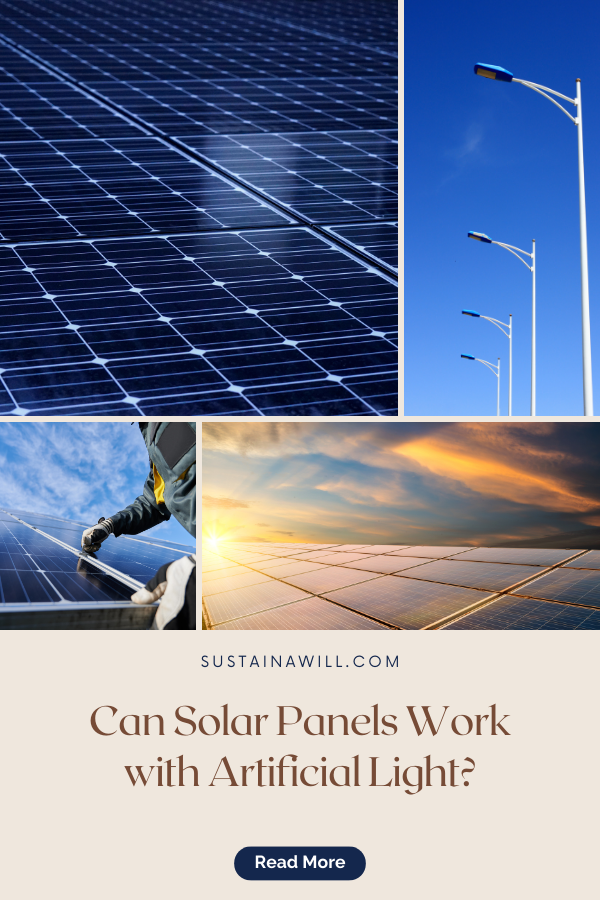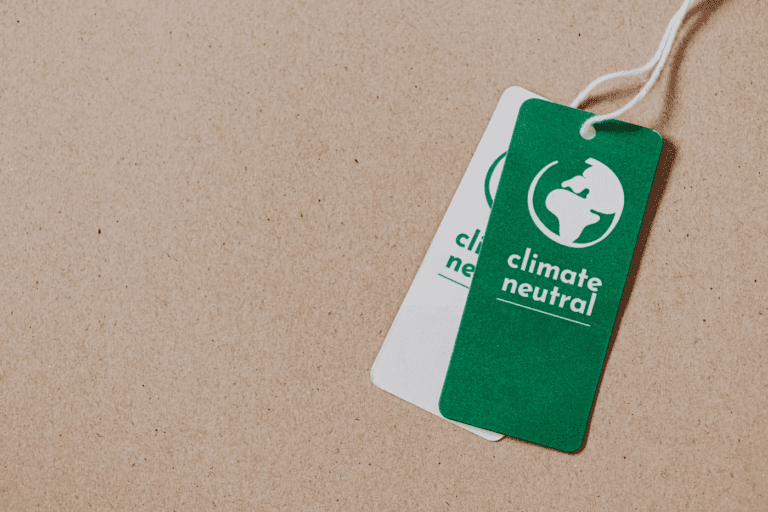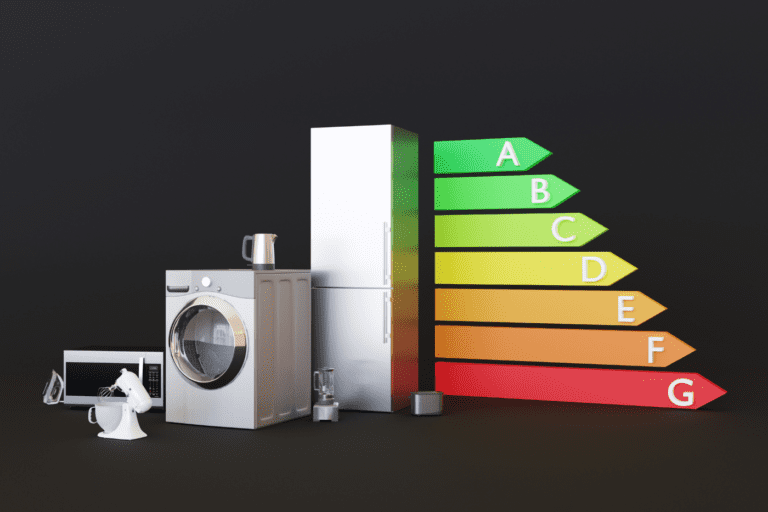Are you wondering if solar panels could potentially work with artificial light? Or if street lights and growth lamps could power them efficiently?
You are in the right place, as we are about to answer all of these head-scratching questions for you in an easy-to-understand manner.
Do Solar Panels Need Direct Sunlight to Work?
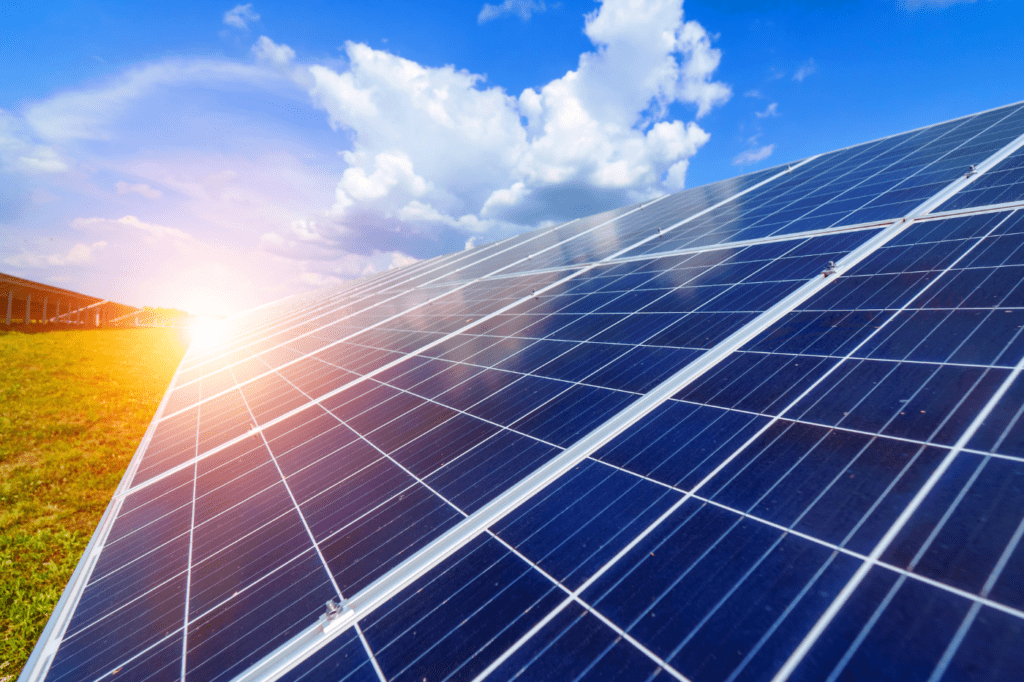
No, solar panels do not necessarily need direct sunlight to work; they can generate electricity even on cloudy or overcast days.
While direct sunlight maximizes their efficiency, solar panels can still produce power from diffused or indirect sunlight.
They can also produce power under artificial light that provides the needed wavelengths. However, it’s important to note that the contribution of artificial light is almost negligible.
Here’s how it works:
- Direct Sunlight:
- Solar panels are most efficient when exposed to direct sunlight, where photons from the sun directly strike the photovoltaic cells.
- Diffused Sunlight:
- Solar panels can still generate electricity on cloudy or overcast days.
- Diffused sunlight, scattered by clouds, can reach the solar cells and initiate the photovoltaic process.
- Low-Light Conditions:
- Solar panels are designed to work in various lighting conditions, including low-light scenarios such as early mornings or late afternoons.
- Artificial Light:
- Solar panels can theoretically generate electricity from artificial light sources, such as indoor lighting.
- However, the actual contribution from artificial light is minimal, making it almost nonexistent in practical terms.
While direct sunlight is ideal, the adaptability of solar panels to less-than-optimal conditions makes them a versatile renewable energy source.
Keep in mind that the overall power output will be lower in low-light conditions compared to bright, sunny days, and artificial light contributes very little to their overall production.
What artificial lights are needed to make solar panels work indoors?
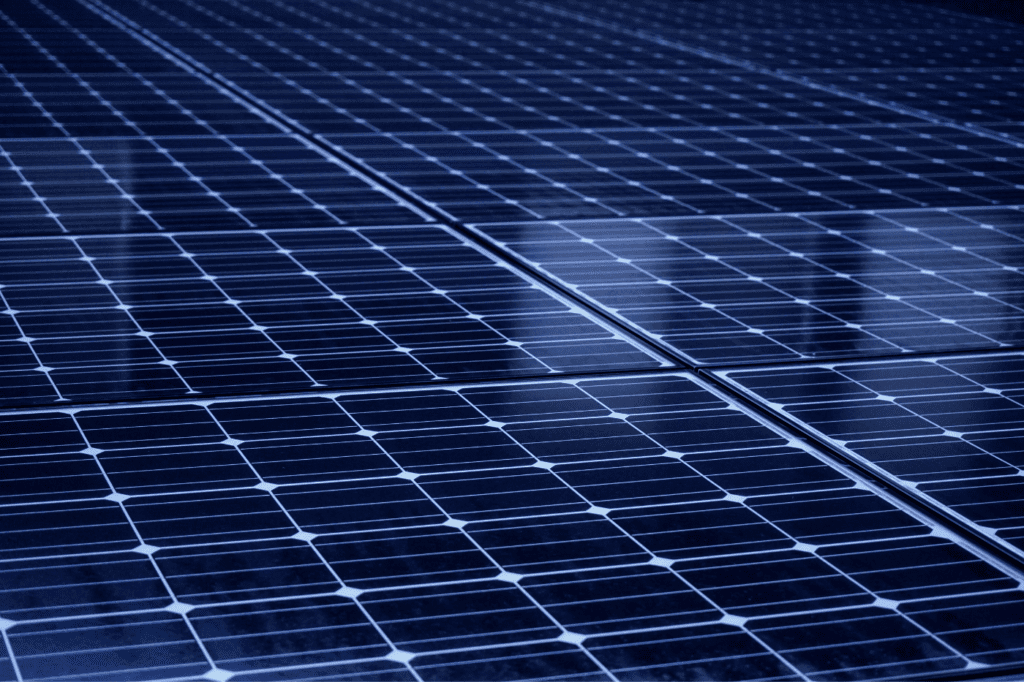
While solar panels can generate electricity from artificial light sources, the intensity and spectrum of the light play crucial roles. Here are some considerations:
- Intensity:
- The artificial lights should provide sufficient intensity to activate the photovoltaic cells in the solar panels. Bright, high-intensity lights are more effective.
- Spectrum:
- The light source should cover a broad spectrum, ideally including wavelengths that correspond to the range of sensitivity of the solar cells. While natural sunlight covers a wide spectrum, not all artificial lights do.
- LED Lights:
- Light-emitting diode (LED) lights are a good choice for indoor solar panel applications. They are energy-efficient and often provide a spectrum that can be effective for solar panels.
- Especially full-spectrum LED lights designed for horticulture, emitting a balanced spectrum of light that includes the wavelengths required for photosynthesis, can efficiently simulate natural sunlight indoors
- Fluorescent Lights:
- Some types of fluorescent lights may also work, but the spectrum can vary depending on the specific type of fluorescent bulb.
- Incandescent Lights:
- Traditional incandescent lights are less efficient for this purpose because they produce less light in the visible spectrum.
- Proximity:
- The lights should be placed relatively close to the solar panels to ensure an adequate light intensity reaches the cells.
It’s important to note that while it’s technically possible to generate electricity from artificial lights indoors, the efficiency is much, much, much (you get the point) lower than in outdoor conditions with natural sunlight.
And initially, you’ll end up not being able to power that very same light for long with the energy produced.
Do solar panels work under streetlights?
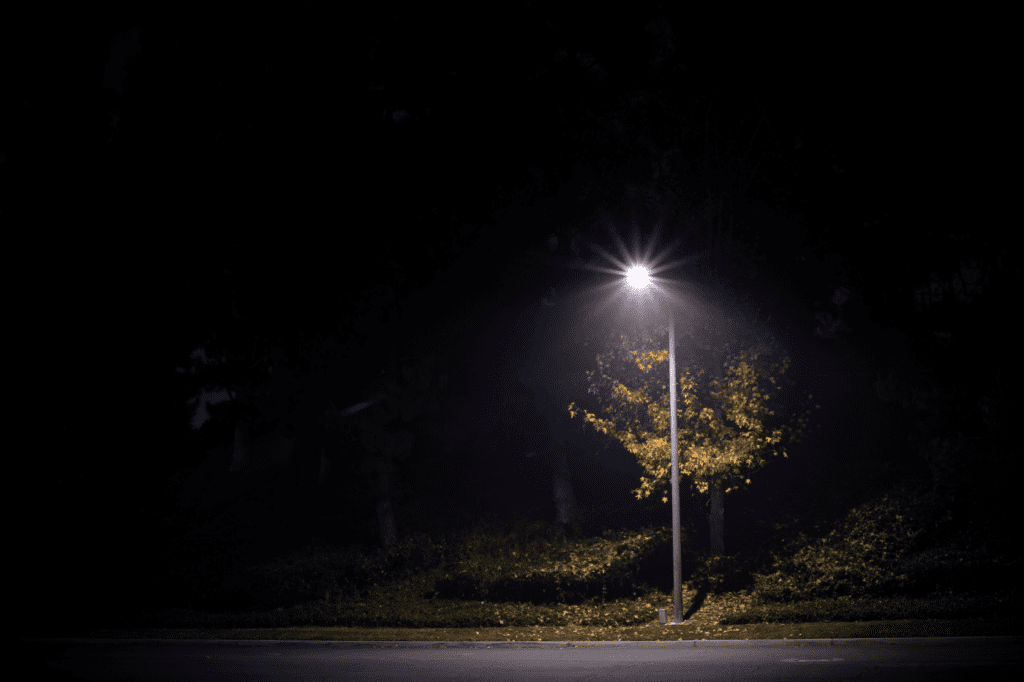
Yes. Solar panels can generate electricity under streetlights, but the amount of energy produced will depend on the intensity and spectrum of the street light.
Most streetlights emit in the visible spectrum, and solar panels are responsive to visible light.
However, the efficiency will be lower compared to direct sunlight. If the street lights are high-intensity LED lights, they may contribute to some electricity generation.
Do solar panels work under grow lights?
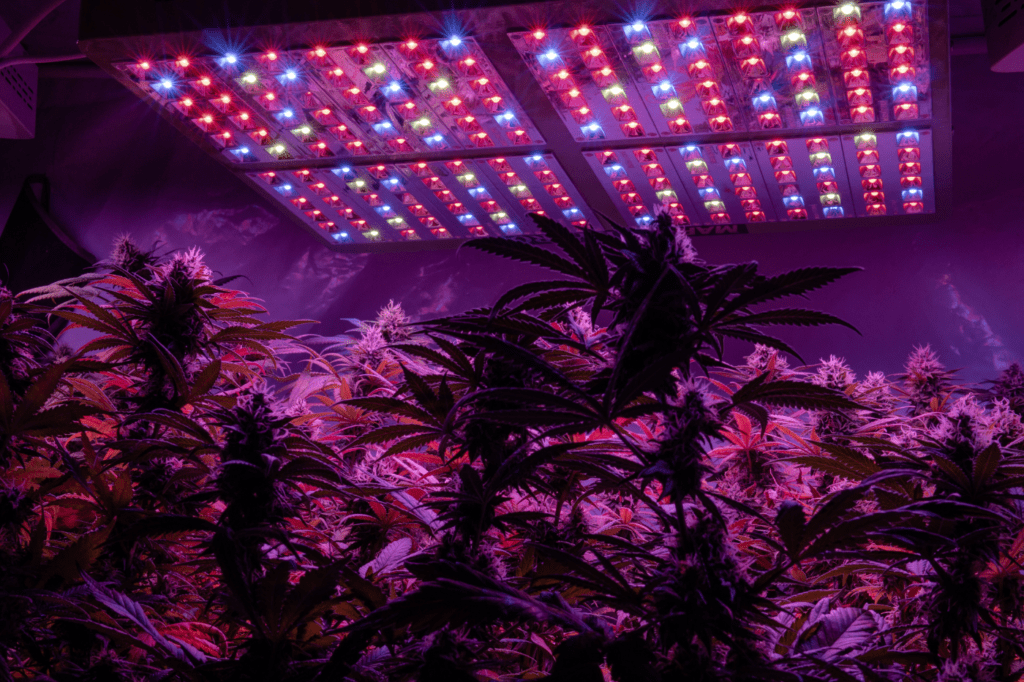
Yes. Solar panels can also work under grow lights used for indoor plant cultivation.
Similar to street lights, the efficiency of energy conversion will depend on the intensity and spectrum of the grow lights.
Many grow lights are designed to provide a spectrum suitable for plant growth, and solar panels can potentially capture energy from such sources.
Do Solar Panels Work at Night or on Cloudy Days?
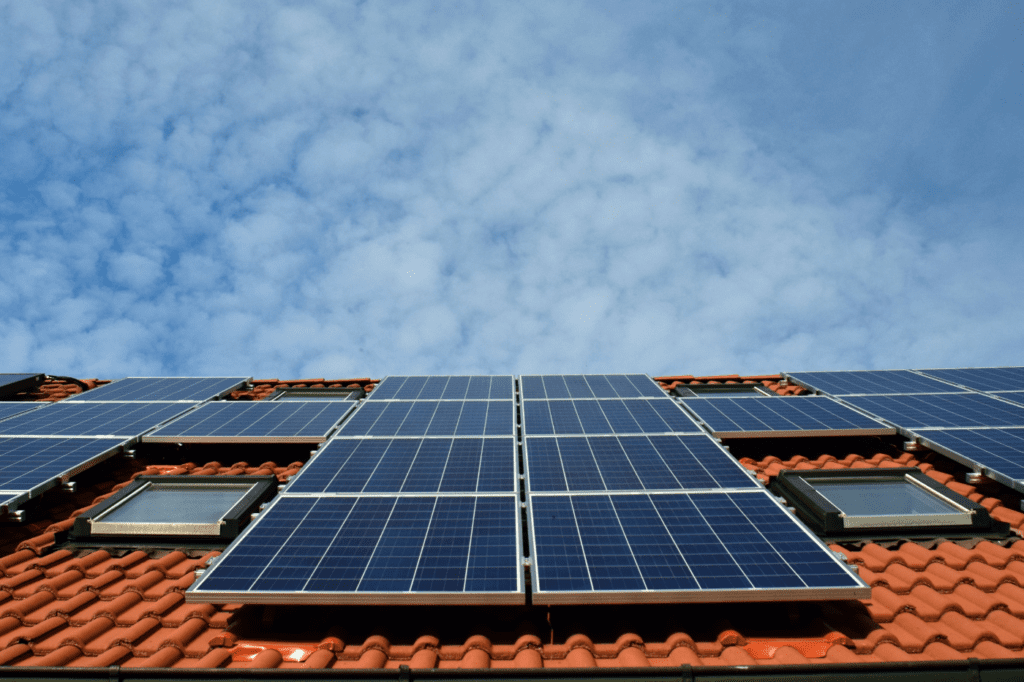
No, solar panels do not generate electricity at night because they rely on sunlight (or as we’ve just learned: any light source that emits the fitting wavelengths within the appropriate range to initiate the photovoltaic process) to initiate the photovoltaic process.
However, solar panels can still produce some energy on cloudy days, albeit at reduced efficiency.
If you are interested in the nitty-gritty details, including how high the output efficiency is on cloudy days, check out this link.
Conclusion
As we conclude our exploration into whether solar panels can work with artificial light, the answer is yes, but not with optimal efficiency. The potential is there, yet harnessing energy from artificial light is still evolving.
If you’re planning to get solar panels and aren’t sure how many you need to meet your energy needs, check out our post on determining the right number of solar panels for your house.
Each decision brings you closer to a brighter, more sustainable tomorrow. Shine on!
